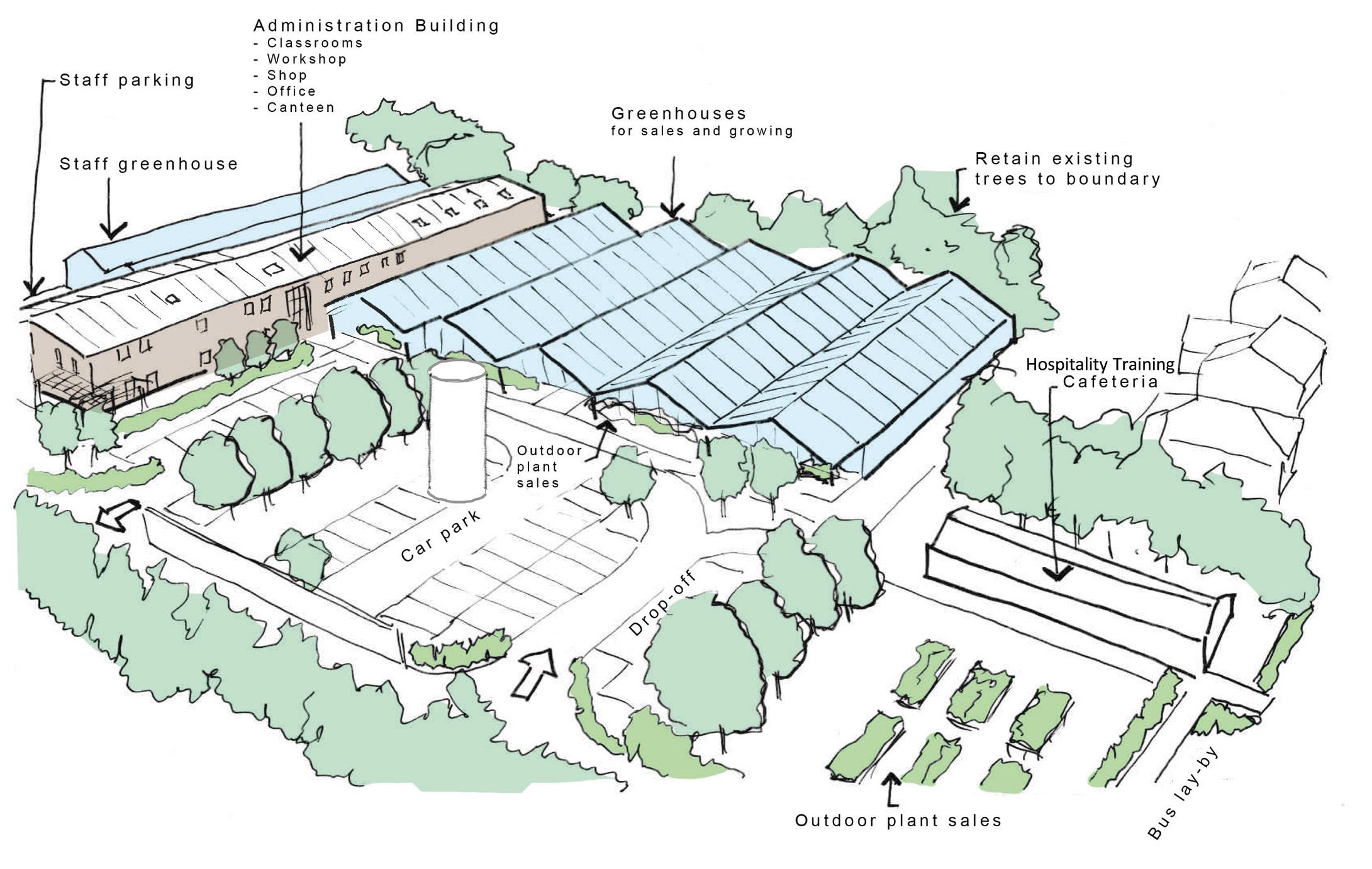
23 minute read
Plans to GROW
Guernsey’s Rural Occupational Workshop (GROW) has been helping islanders with disabilities since 1984. Now, it needs the public’s help to do even more – with ambitious plans to grow the charity’s site and expand the services it can offer.
GROW currently provides training and supported employment for up to 30 islanders with learning disabilities from its horticultural site in St Sampson’s. But, almost 40 years on from its founding, the charity and the island have changed. That’s why GROW has developed a comprehensive plan to improve not only its home, but the services it can offer.
Advertisement
GROW’s manager, Eddie Higgins, believes that the time is right for the charity to expand: “While we will always be passionate about horticulture, we have to accept that these days the opportunities are limited for our crew members to move on to associated employment within that industry. But nowhere else is offering any skills training for those within the disability community.
“Our plan is to offer enhanced training, not only within horticulture but also hospitality and retail, along with skills such as woodwork, painting, metalwork and arts and crafts. This will hopefully enable our crew members to have skills in a wider range of areas, which will then lead on to the possibility of alternative employment.”
The charity is hoping to eventually cater for between 70 and 100 people, offering training in that range of areas. It’s an ambitious project, which will require a complete overhaul of its current home. Fortunately, full planning permission for the scheme was granted at an open planning meeting at the end of 2020 so it is free to press on with its plans as soon as funding is in place.
Those plans include demolishing two of the current glasshouses, which are in very poor condition and often require the site to be closed for safety reasons during windy or stormy weather. They would be replaced with a new unit, created with locally
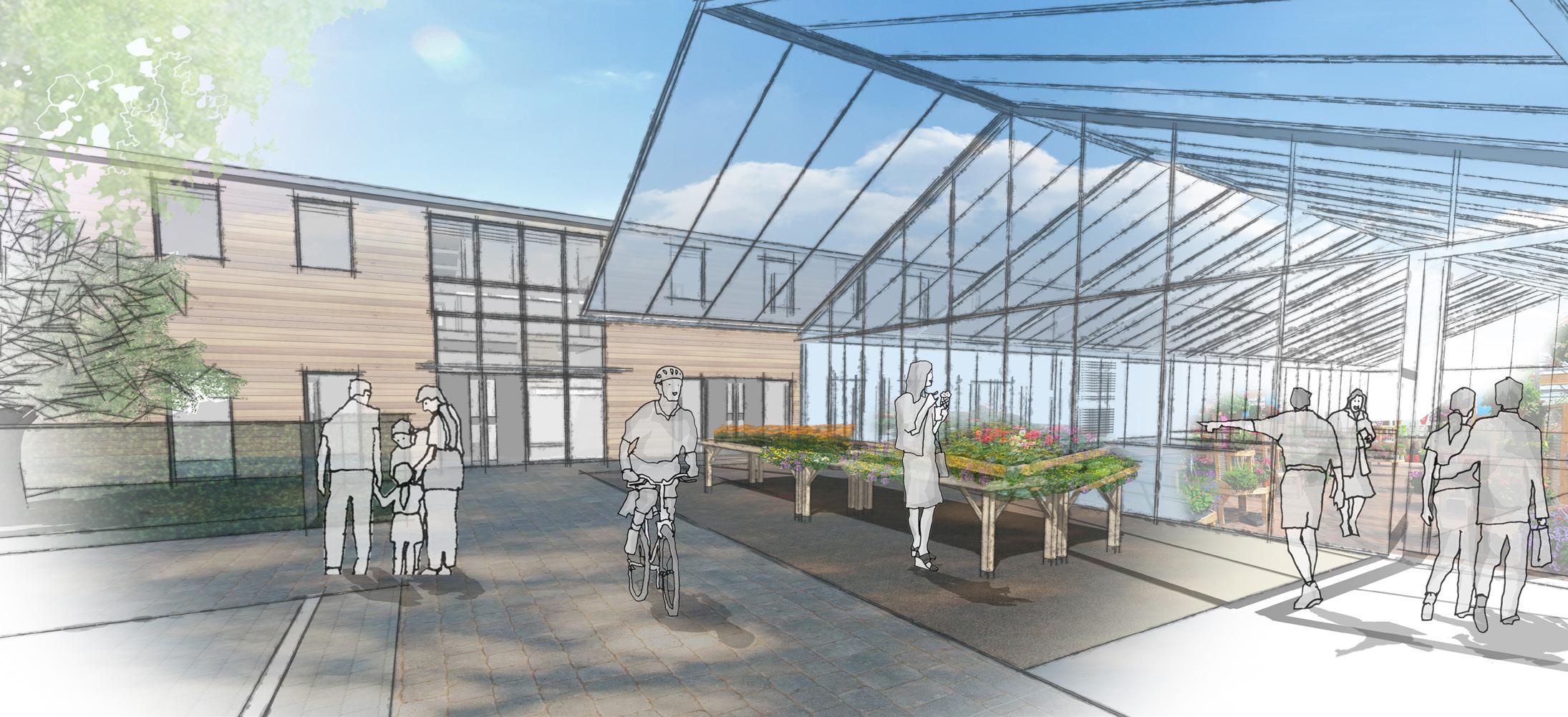
sourced second-hand glass to reduce the carbon footprint of the new development.
For Eddie, that was an important factor in the new plans: “We want to make sure this build project is as environmentally friendly as possible. We are very keen to incorporate renewable energy into the design, and we will have lots of roof space so hopefully we will be able to utilise that. We also want to harvest as much water as possible, so will have two large tanks inside our number one house along with a borehole on site.
As well as the replacement greenhouses, a large facilities building will be a focal point for the site. The plan is to create a steel portal frame building, which will be clad to fit in with the horticultural nature of the site.
Architect Emma Carter of Grey Bear Limited has been involved in obtaining planning permission for the new facilities. She explained the benefits of the design: “Having one large space allows GROW to provide all the facilities it needs at the moment, but it also futureproofs the building for any changes in requirements. The structure allows the opportunity to change the internal layout by adapting the partitions if needs change. It makes it a very efficient building both in terms of cost and also in footprint area.
For Eddie, the expense of the new building will be justified with what it will allow them to develop: “The main cost within the plans is the new facilities building, but it is a key part of what we’re hoping to offer. It will encompass all of the separate buildings that we have on our current site, but also offer a lot more. Our administration will obviously be based there along with meeting space for our board of directors. There will also be a canteen for our crew members and appropriate sanitary facilities.
“Alongside that, the flexibility of the building will allow us to offer training in a range of ‘life skills’ for our crew members. We’ve recognised that there is a need in the island for a fitness facility for the disability community, so we’re hoping to offer that on site. But we’re also looking to help our people look after themselves.
The new building will replace GROW’s current minimal toilet and showering facilities with an appropriate number for the users, as well as lockers to make sure that showering at work is easily accessible for everyone. There will also be a quiet room to cater for the needs of those with social or medical issues that
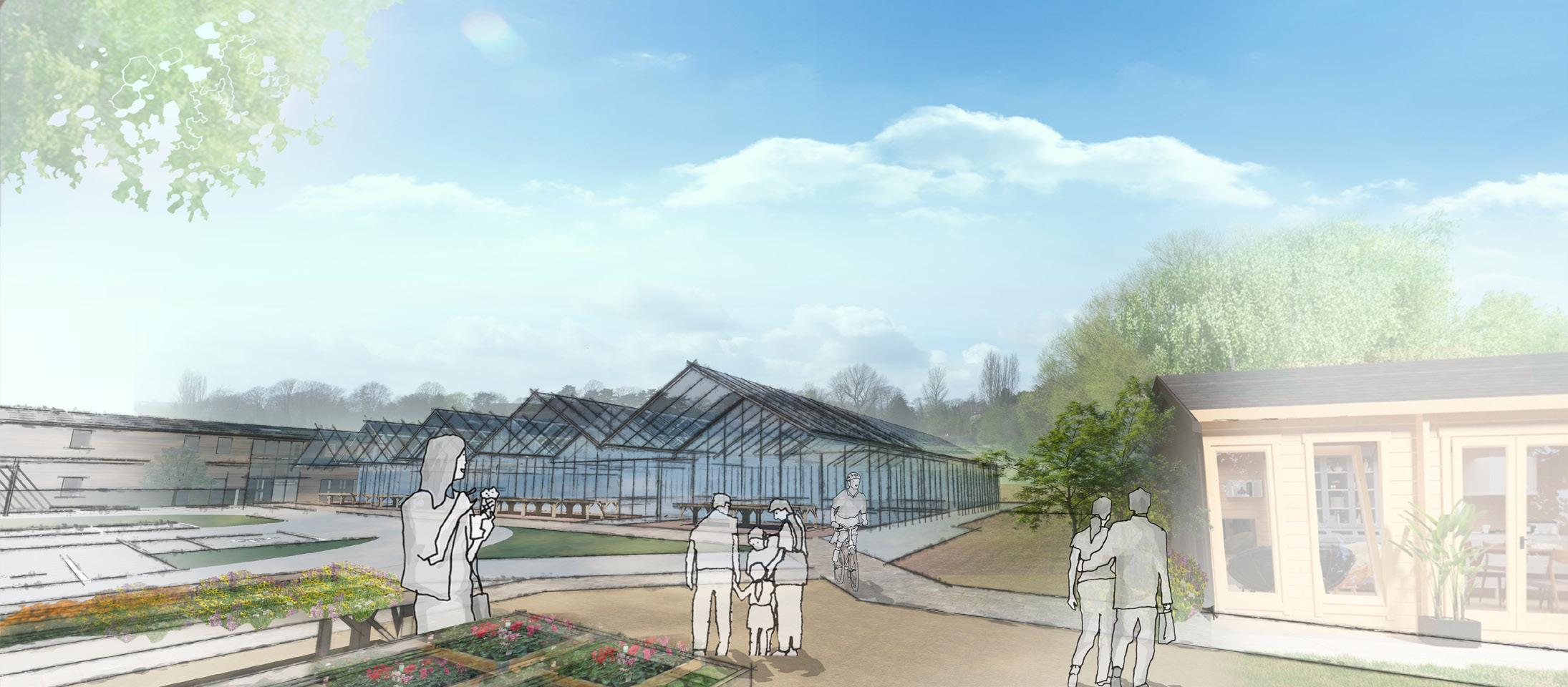
require the occasional period of time away from others.
Outside, there will be a purposebuilt seating and eating area for crew members where they can enjoy their breaks. At the entrance to the site, raised beds will be used to supplement the produce grown under glass.
Altogether, it will offer everything GROW needs. But Eddie is hoping it will also offer something other charities require as well: “It will be a wonderful home for GROW, but we’re also hoping that it will help provide a base for other island disability charities too. We will have the space and the facilities that they can use and can be a real hub for the island’s charitable services in this area.”
Aside from the facilities building and the greenhouses, there will be two other main areas of development. GROW wants to offer hospitality and retail training, so a new building at the front of the site will allow them to run a café selling the produce grown on site. That will serve as a training centre for crew members to learn hospitality and catering skills – both in food preparation and front and back of house service.
Meanwhile, at the rear of the grounds, the small packing shed, which currently encompasses the woodwork workshop, will be replaced with a space four times the size to provide new, wellequipped workshops offering training in woodwork, painting, metalwork and arts and crafts.
The only current building which will remain under the plans is greenhouse ‘number four’ at the very rear of the site. It is in better condition than the others, so it is planned to retain that greenhouse and to continue using it for GROW’s produce.
Access to the site and parking is a key part of the proposals. The new plans will not only enable a much better flow of traffic into and through the facility, but will allow for around 40 parking spaces – including space for disability vehicles and minibuses as well as bicycle parks to encourage cycling. It’s hoped those changes will make GROW a lot more user friendly and encourage more

GROW was founded by the Guernsey Society for the Mentally Handicapped (now Guernsey Mencap LBG) and officially opened on 14 July 1984.
GROW Limited is registered as a Guernsey charity with a function to provide training and a sheltered work environment in horticulture for people with a learning disability.
The charity is partially funded by the States of Guernsey through a service level agreement with the Committee for Employment and Social Security. Its other main source of income is from the sale of plants and produce, a garden maintenance service and the refurbishment of garden furniture alongside donations from the public.
GROW’s mission statement: To provide a safe and secure working environment where people with learning and other disabilities can build up their self-respect and confidence levels so as to be able to work and interact within our community.
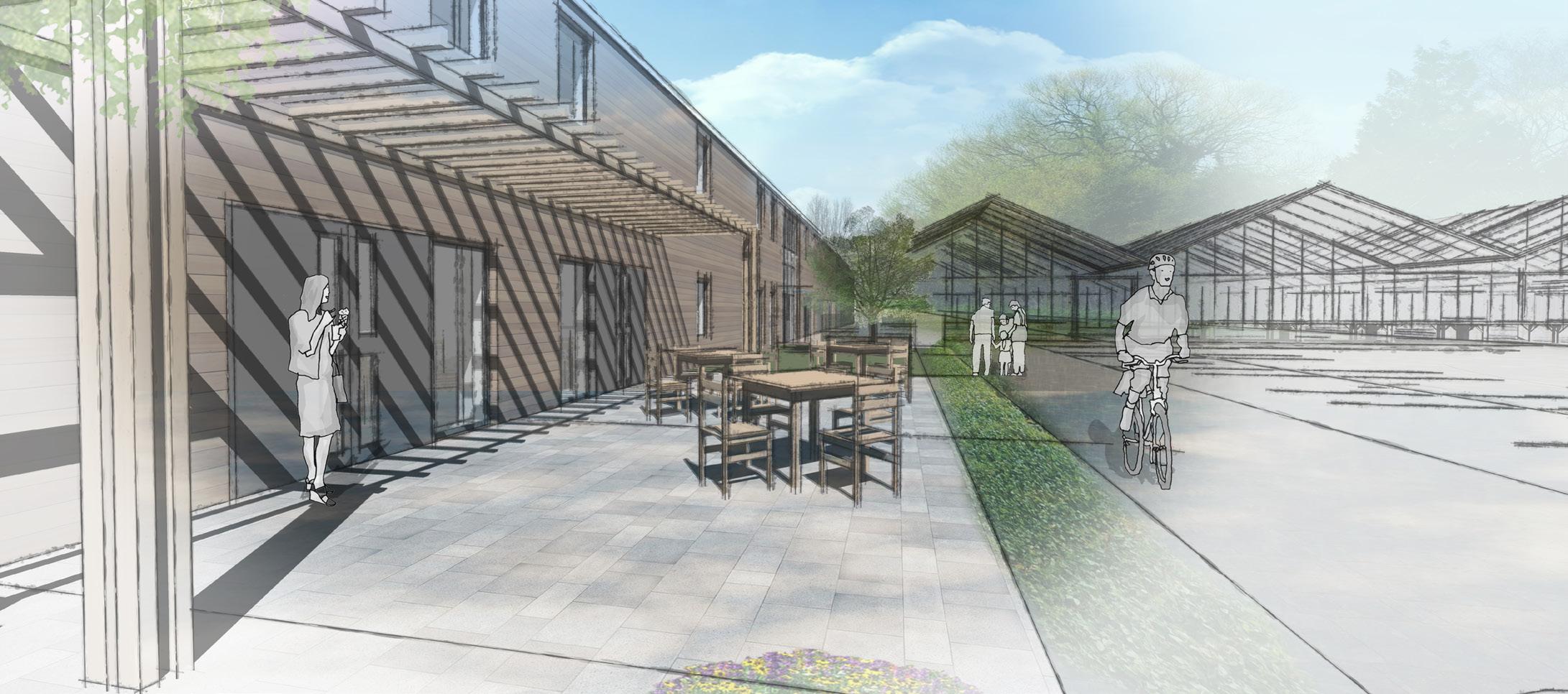
members of the public to visit the site as well as its crew members.
For Eddie and his team, getting the public involved and supporting the project is vital to its success. GROW already has a steady stream of supporters who visit the site to purchase their plants and produce, and it’s hoped the new set-up will encourage more people to not only come to buy, but also to interact with those working there.
Visitors and crew members will also benefit from a major improvement in accessibility at the site. A fundamental flaw of the current set-up is its lack of disabled access and facilities. The new plans aim to right that, with level access throughout the site along with improved disabled parking facilities, toilet facilities and wheelchair access to all areas of the new building.
Emma explained the priorities when it came to the design: “The first thing we looked at from an accessibility point of view was ensuring that the public and the crew members would be able to easily go through the greenhouses in wheelchairs. Then we considered the facilities and ensured that they were accessible to current standards. A lot of these things are very basic from a design perspective such as making sure there is level access everywhere and putting wide doorways and a lift in the administration building. But those changes will make a fundamental difference to some people who would want to use the site.”
As well as benefiting all those who use and visit GROW, the redevelopment wants to help others in the local area by incorporating a formal bus layby within its site. Under the plans, GROW has allowed some of its land to be used to enable buses to stop safely without blocking the road or risking passenger’s welfare.
Altogether, the project is estimated to cost in the region of £2.5-3 million. If fundraising is successful, the charity is hoping to start work in October this year. Once spades are in the ground, it would relocate its team to another vinery site in the island with the aim of returning home in spring 2023 to a transformed facility.
For more information or to donate to the project, visit www.grow.gg
PLANNING PERMISSION
GROW has now received full planning permission for its plans, but it has not been the most straightforward process to get there.
Architect Emma Carter has been involved with the application and explained how they approached the situation: “We had plenty of communication with the Planning Department and lots of pre-application meetings. GROW is such a unique scenario that it didn’t tick any of the standard boxes.
“We have had to demonstrate that this is the right thing to do for the site, and that what we are proposing is an enhancement of what is already there rather than creating something completely new. We also had to prove that the site would retain its identity as GROW, but would be improved and enhanced.”
A Certificate of Lawful Use was applied for on the basis that the site had already expanded further than its horticultural roots through offering woodwork and other skills training. Once that certificate was granted in April 2020 the charity was ready to submit its formal application.
In December 2020 an open meeting of the Development and Planning Authority was held and full permission was granted for GROW’s plans.
The CIOB and the Channel Islands
Throughout the pandemic, the Chartered Institute of Building (CIOB) has been keen to stay connected with its local members. Chief executive, Caroline Gumble, updates us on the organisation’s activities and plans.

It’s only a few months since I reluctantly turned down an invitation to join CIOB members in Guernsey for their AGM and Christmas lunch. Under normal circumstances, I would have been delighted to be with them – but I did send a recorded message to our CIOB community on Guernsey to mark the occasion of 26 years as an active group, of making a real difference to the industry and being an important part of Guernsey’s construction community.
A couple of those achievements really resonated when I heard about them and I’d like to share them with you.
I congratulated Peter Falla, MCIOB, for his lifetime Achievement Award presented at the Guernsey Property and Construction Awards in 2019. The award was for “services to the construction industry” and, I think, goes to show the significance of the contribution that our members make to the wider construction community.
I went on to highlight the key role CIOB Hub members played in the creation of the local Construction Industry Forum. This group has enabled dialogue between industry figures, including CIOB members, and the States of Guernsey for around 15 years now. I was particularly pleased when I heard about this work as it mirrors the work of our Policy and Public Affairs Team. It’s heartening when our Hubs are able to be a force for good - and they are so often willing to share their expertise and experience with local and regional policymakers.
Lastly, of the highlights I picked out, I acknowledged the many members that have been active in community and charity projects, for example supporting the Caritas Café which, in turn, does so much to support those living with mental illness, lonely and isolated people, the unemployed and the homeless. It’s another example of CIOB members being an active part of the wider community – this last 12 months, more than ever, we’ve seen examples of that. It’s just one of the things that makes me proud to lead this institute.
I know that the activity on Guernsey – and the wider activity our members are a part of, via the Southampton Hub – hasn’t let up since the pandemic began. I applaud all our members – in the Channel Islands and elsewhere – for their resilience during these unprecedented times. I’ve been so impressed by the professionalism, commitment and expertise of our community and the wider construction industry.
Looking forward now and we have much activity planned for the rest of the year. As a starting point, we are running a series of regional “members welcome” events for existing members and those on the membership track. These are running from May to July, with potentially more to follow. We want to make sure our members are aware of what’s available to them as part of their CIOB membership and help them get the most out of it.
We are also planning a bit further ahead and hoping – all being well – to run an event or two in Guernsey in October.
If you’d like to find out more about these events or, better still, would like to register an interest, do feel free join our LinkedIn group “CIOB in South UK” or check out the events section of the CIOB website (www.ciob.org).
There are, of course, members who volunteer on CIOB committees and already contribute to our events – and to the wider construction community – so thank you from me to those who are already part of our community. I really value the input and insight from our members - and, of course, I’m looking forward to meeting many of you when I’m next able to visit.
The road to recovery
John Bampkin, chair of the Guernsey Construction Forum, updates us on the group’s activities, and its plans to move forward following the recent lockdown.

It has been a challenging time for the Guernsey Construction Forum (GCF) and its members as we navigated our way through the second lockdown in 12 months. Along with most other industries, the short, sharp introduction of restrictions severely hampered any kind of activity in the industry aside from a few ‘emergency works’ contracts that were vital to the Bailiwick.
This presented the challenge of staying in touch with the other committee members in a remote manner and working closely with the States to understand, and communicate, the rules and guidelines of the different lockdown release stages as we moved through them. In the early days, some members of the GCF and the GBTEA were engaged in numerous conversations regarding the planned tighter parameters of the salary subsidy schemes that the States would provide this time round.
I am very pleased to say that the Deputies who we engaged with were very open to some honest debate and listened to our major concerns, which were mostly centred on the smaller oneperson contractors that we represent. After much discussion, changes were made to increase the generosity of the scheme to ensure that those that needed the support most would get it in a timely fashion. Fantastic collaboration all round!
The immediate plans for the Guernsey Construction Forum are to try to pick up where we left off after a very successful initial launch early this year to many members of the various States departments involved with the construction industry. We need to be involved with the planning of the infrastructure pipeline to ensure that we can all act accordingly.
The industry has been very busy since spring 2020 due to the pent up and increased demand for repairs, maintenance and new build projects. Islanders’ holiday funds are being invested into property improvements and this has been very welcome to help us try to fill some of the financial gaps caused by the lockdown periods. However, the strain on our labour force and its available skills has been the limiting factor in how quickly this work has been undertaken. Once again, this is another overwhelming reason for us to be involved in the future planning for the islands. Having sight and input into what and where the States builds next allows us to plan our recruitment and training strategies to cope with this vital infrastructure work.
We have also been working with all of our members regarding some welcome improvements to the health and safety side of our business. This involves a new code of practice that calls for a dedicated health and safety coordinator on every building site to ensure that everyone goes home safely to their families at the end of every day. This is extremely important if we are to continue to improve the working conditions and reduce the risks for the people who work in construction. We will continue to push for a safer and more professional construction industry.
The committee has recently met to agree these next stages and to prioritise our approach. We want to ensure that the best interests of the industry are taken into consideration in conjunction with the needs of the Bailiwick for a sustainable and urgent recovery.

THE JUDGE’S VIEW

As the Guernsey Property and Construction Awards launch for this year, it seems timely to consider some general lessons regarding what judges look for. Scott Crittell of the Association for Project Management (APM) is a judge for that body’s annual awards. He shares what he considers necessary for a successful entry submission.
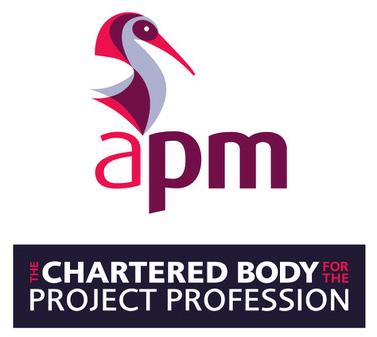
For the past three years, I have judged the project management awards for the APM as one of a number of judges scattered across the globe who are either qualified as Chartered or Fellows of the APM, which is the requirement to be invited to become a judge.
The judging process involves a review of written submissions with scoring against defined categories and comments required. This enables a shortlist to be developed who would then present to a panel of judges face to face or, now, over Zoom. The judges would question and then individually re-score the entries to identify a final winner. Categories are set at a business, charity and individual level and so encompass a wide spectrum including specialised subjects such as the Engineering, Construction and Infrastructure Project of the Year Award.
The winners are then announced at an event in London (although again, latterly online) and winners vary hugely. Previously, a clean water project in Bangladesh, the safe dismantling of the Sellafield nuclear site, and a system to counter drone interruptions at Heathrow have all been winners. Entry is available to any project and the 2021 APM Awards are presently open for submission until 21 June.
I have, as a judge, consequently seen what makes an entry submission stand out. It is clear that every entry requires time and effort for the entrant to produce and so making that time spent successful needs planning. Start by mapping out your submission to ensure that it flows and incorporates all the points that the entry literature requires or highlights. Don’t see your entry dismissed on a technicality of not following entry protocol or entering the wrong category. I have seen great projects overlooked as they were obviously better suited to another category. Consider the ‘Iron Triangle’ that consists of time (did you delivery on time, if not, why not), cost, quality (this will translate into the project benefits) and the scope of your project. This will allow you to sketch a framework that you can start to infill with layers of additional information. Even if eventually your entry has a set submission format, by laying it out along this approach, you will be able to discern the sections that fit the defined layout better to create a flow for your entry.
I shall state here and now that presentation is important and don’t be frightened to use bulletpoints to itemise the points you want to clearly standout. Also, use justify in Word or its equivalent to distribute your text evenly on the page and allow spacing between sentences.
You may want to think about the following inclusions within your entry to appeal to the judge. Appeal is subjective to each judge but I always looked for resilience or what went wrong and how was it overcome (all projects have problems, don’t hide them, use them as positive illustrations of your ingenuity to resolve them). Make sure you give examples throughout to form pictures for the judge, explain how the project upskilled those involved for future personal or business benefit, consider whether you allowed for sustainability or environmental factors sympathetically. Lastly, did you proactively approach lessons learned throughout the project and not as a final exercise, therefore leading to improvements for your future projects.
The use of visuals, such as photographs, diagrams or charts, may add context but should never be considered a replacement for explanation as the latter allows your passion to be made clear to the judge. It is selling your project that will convince a judge, including this judge, to vote for you.
Making health and safety a priority
Andrew Mills, chair of the Guernsey Occupational Safety and Health Association (GOSHA), explains the importance of rigorous health and safety practices throughout the construction sector.
The Guernsey construction and property sectors are brilliant examples of how to get things done, how to overcome challenges and how to work in challenging environments. Well, many companies in the sector are good examples, working well and proactively with employees and third parties to get jobs done to plan, safely and well.
However, some have a tendency to ignore good practice and some employees fail to see the potential implications of cutting corners, not wearing protective equipment, or how an accident or illness could impair life or cut it short – unnecessarily.
Here’s an example from Jersey: a construction company has recently been fined £25,000 by the Royal Court for failing to supervise its employees properly, after two of its workers fell 1.5m onto a concrete floor during a job.
These accidents are avoidable. A couple of years ago we heard from an Englishman (Jason Anker – see www.jasonankerlive.com) who fell from a similar height and is now paralysed. As a result of that injury, he has had massive family and mental health challenges to overcome as well as the physical loss of mobility for the rest of his life, all because of a simple fall from an unsecured ladder. We were very pleased that the Channel Islands’ largest building contractor took the opportunity to have him speak to their workforce. Hearing the story of someone who has badly hurt, seeing them and having the chance to ask them questions can make such a difference to people who are undertaking roles where they can become complacent to daily repetitive tasks – until they go wrong.
In the construction and property industries, things going wrong can be so damaging to life and people’s wellbeing. Additionally, the financial consequences can be significant – for both the employee and the employer, not to mention the consumption of otherwise productive time in investigation, enquiry, liaison with public authorities and sometimes in attending court proceedings. An accident or illness caused by workplace activities can be very damaging. It can cause:
• loss of income; • loss of a good employee; • loss of family life and all the activities undertaken by the employee when fit; • loss of a good reputation for the employer; • increased diversion from day to day activities including the need for management time to be committed; and • lost income for the employer and additional costs for the job in hand and in replacing the employee who has been injured.
The list can be longer, of course, but highlights that a serious accident or illness caused by workplace activities can be very expensive and damaging for the employer, employee and our wider society.
Doing things well makes a business more effective, more efficient and attracts good employees to it.
In a potentially dangerous environment, protecting employees is not an option. It is a requirement and, thankfully, our robust Guernsey Health and Safety laws are there to ensure that people (employers and employees) know what to do and spell out the consequences if good practices are ignored.
From slips, trips and falls to skin disease and cancers caused by substances harmful to health to the consequences of breathing asbestos fibres and a myriad of other hazards, health and safety management must be a priority for all who work in the property and construction sector.
Serious accidents or illness can be catastrophic. Don’t let it happen to you. A serious workplace accident or illness can put you out of business and it can wreck lives.







